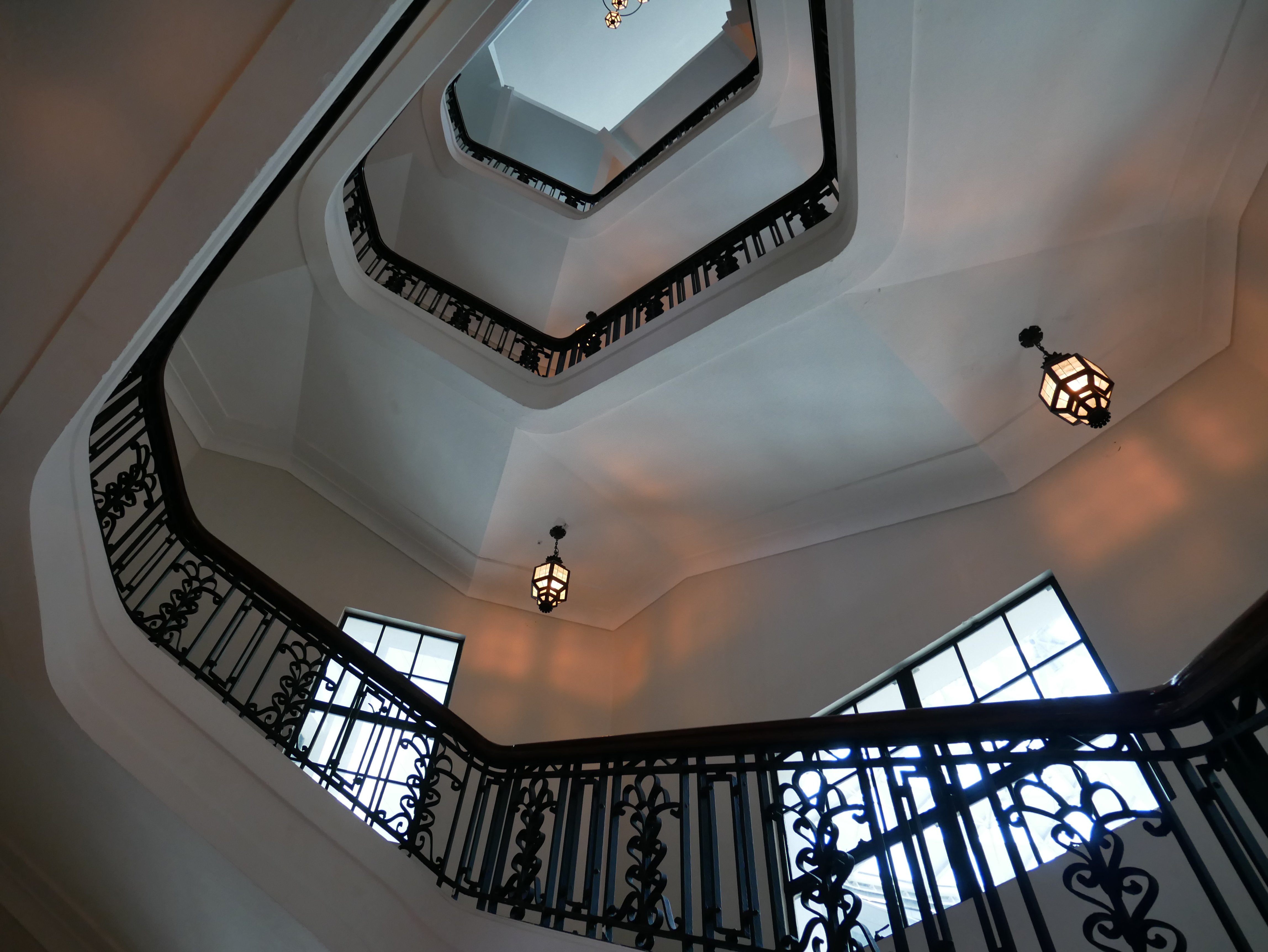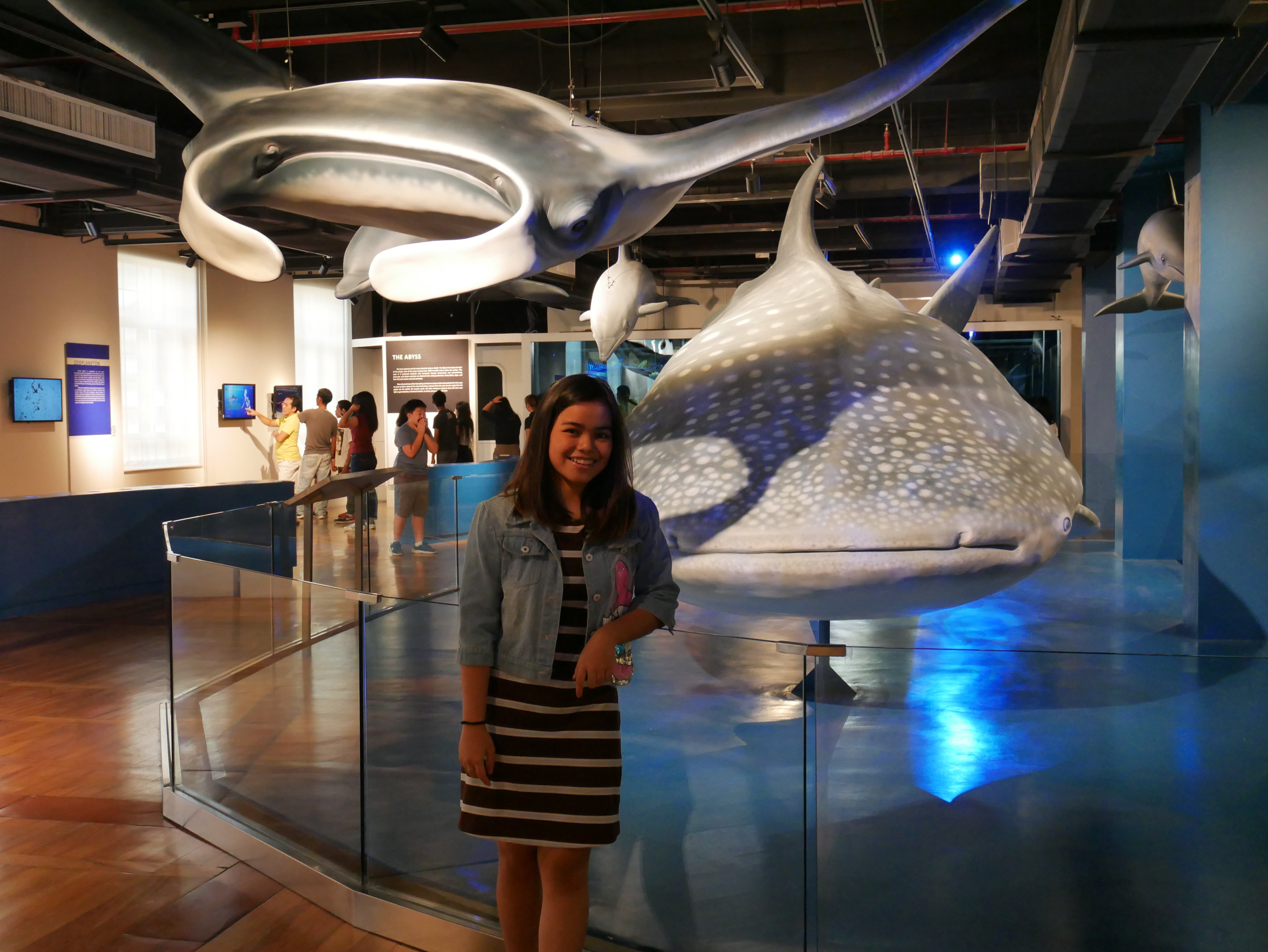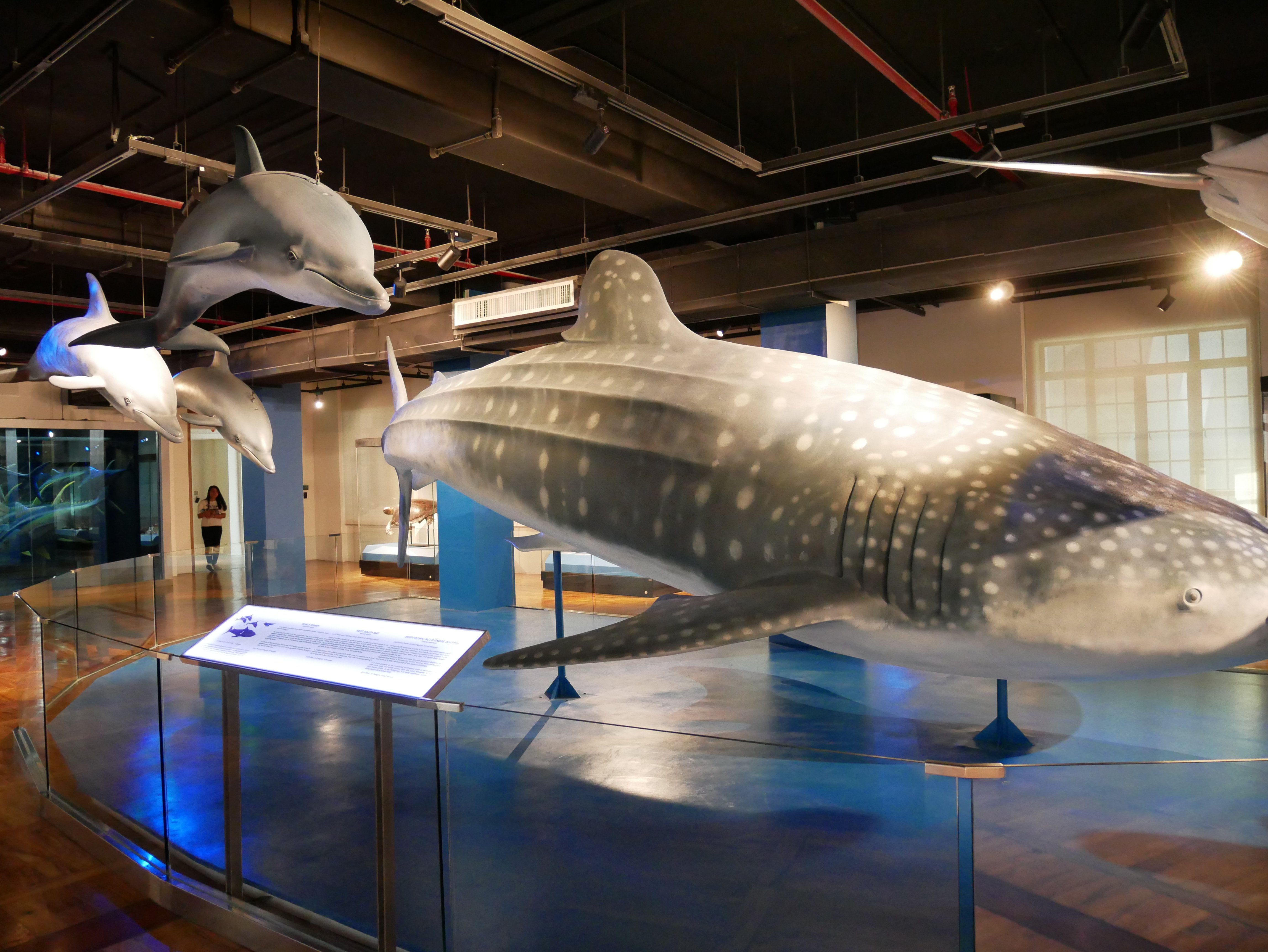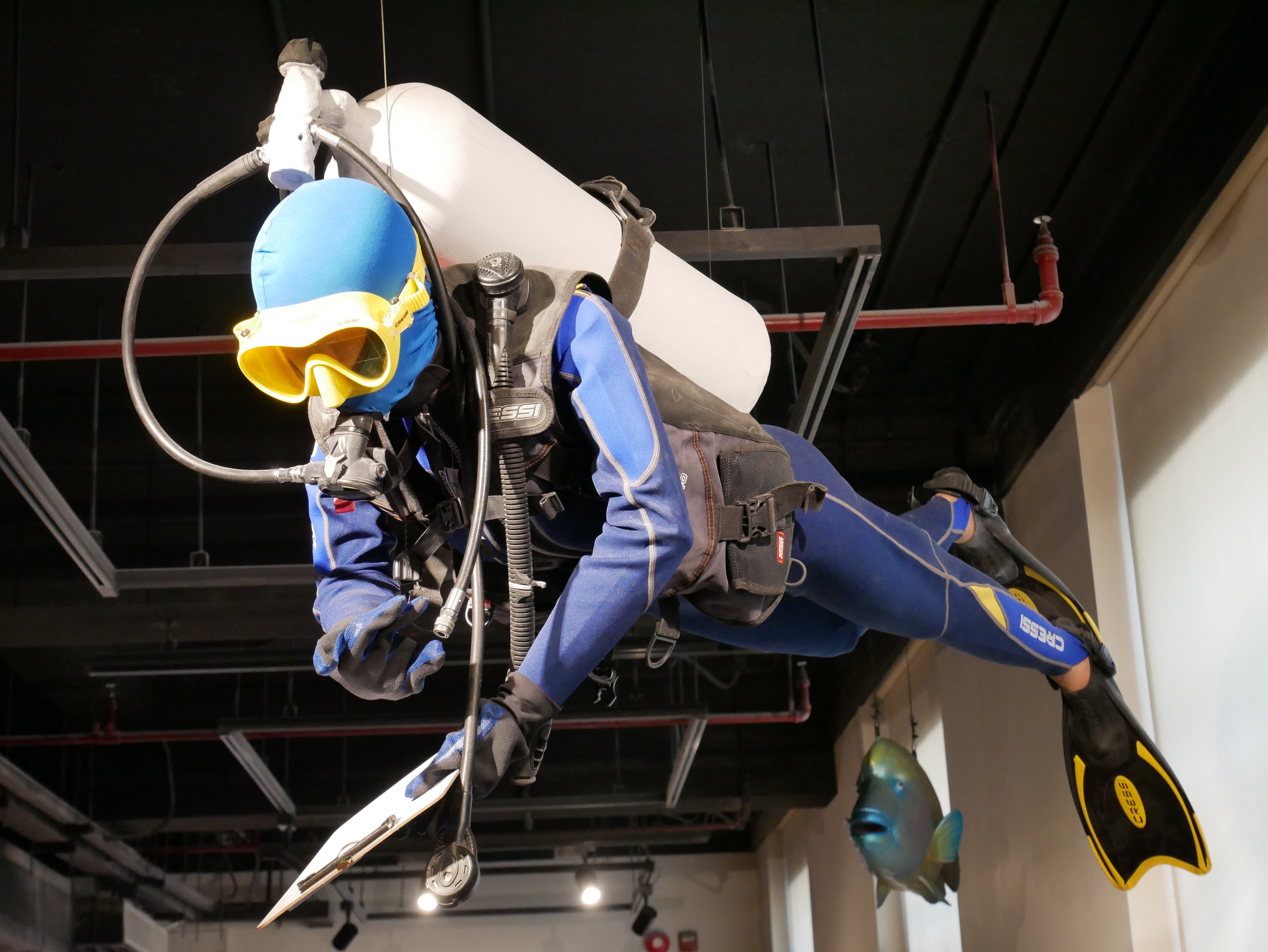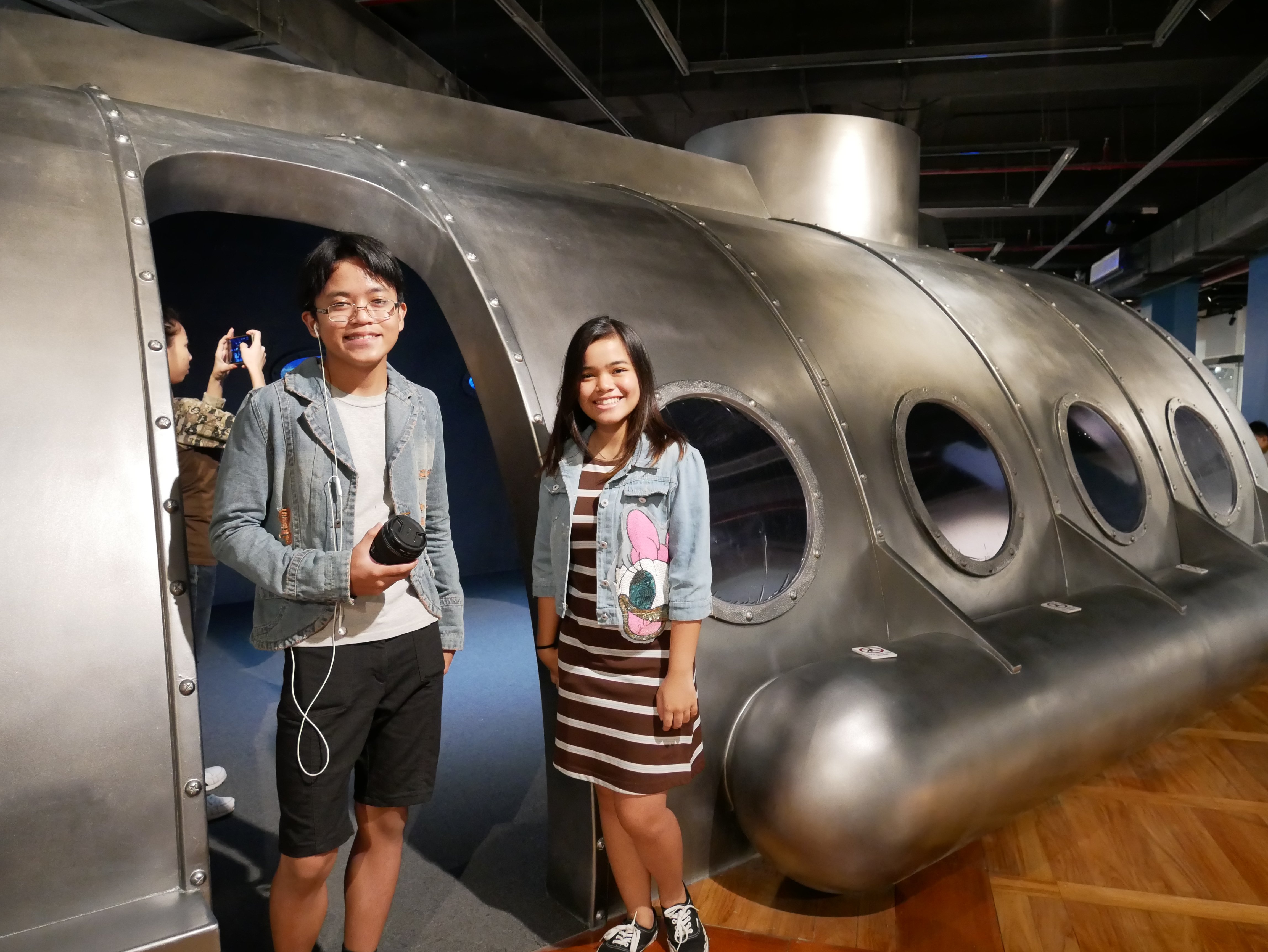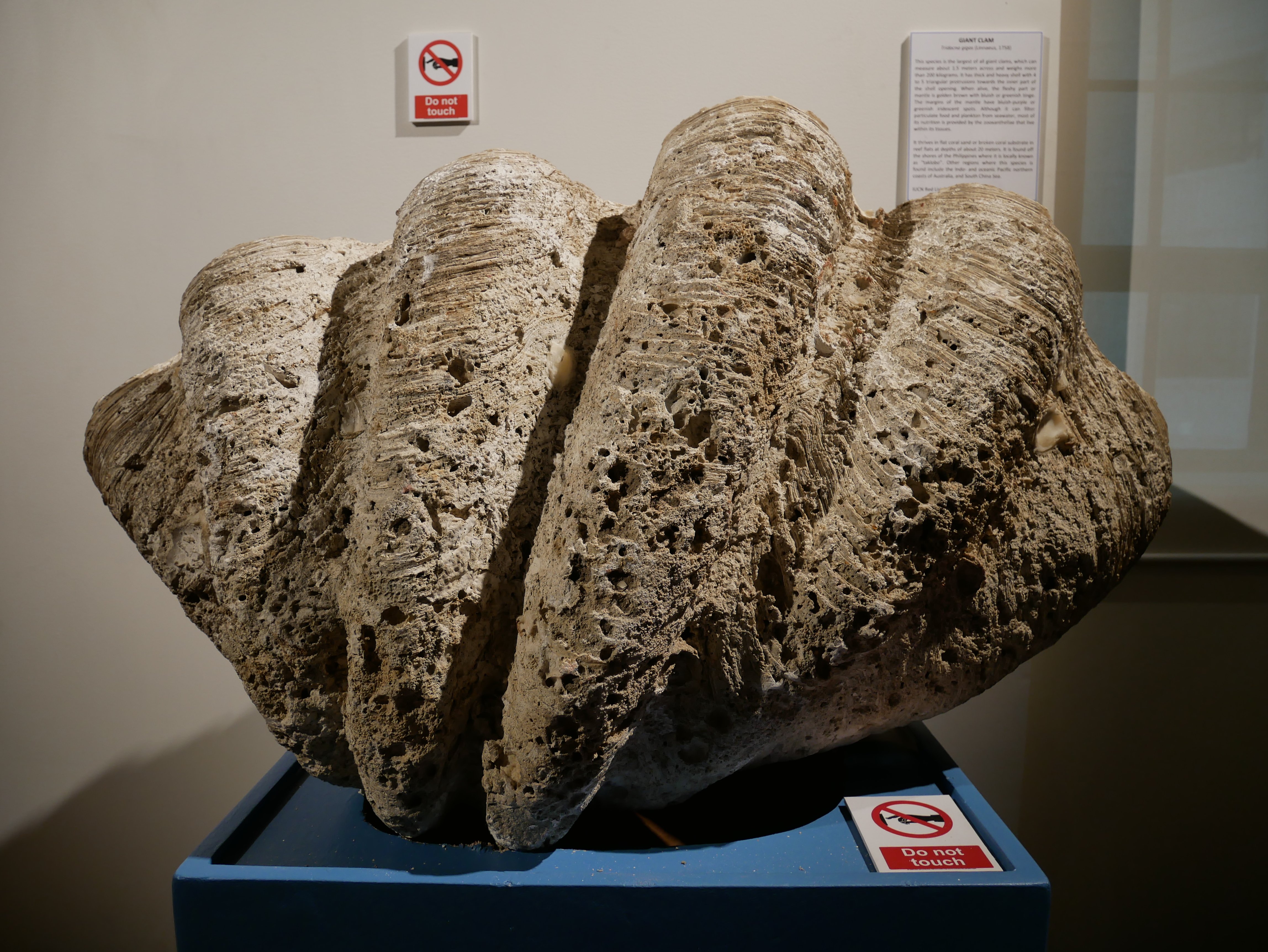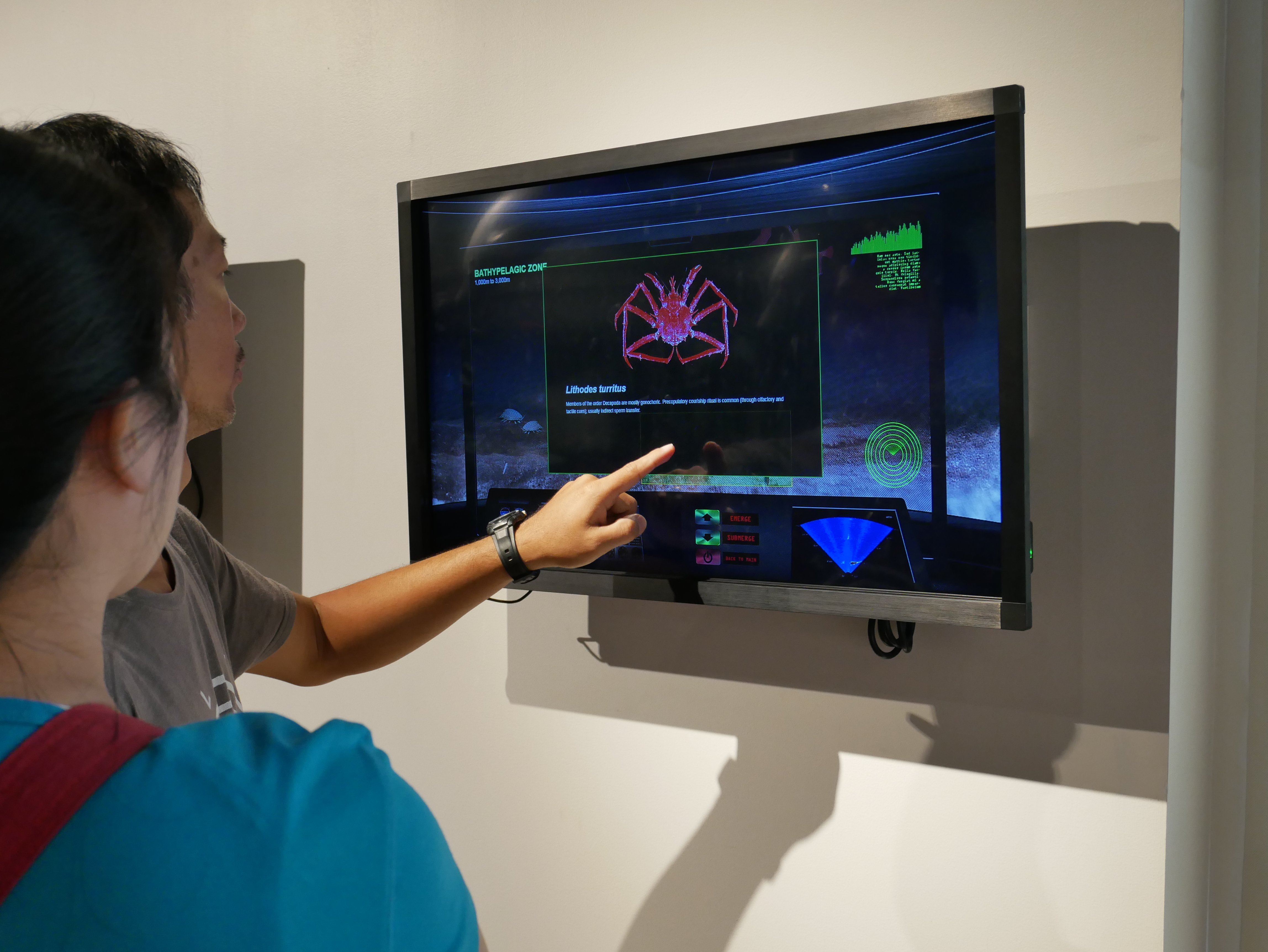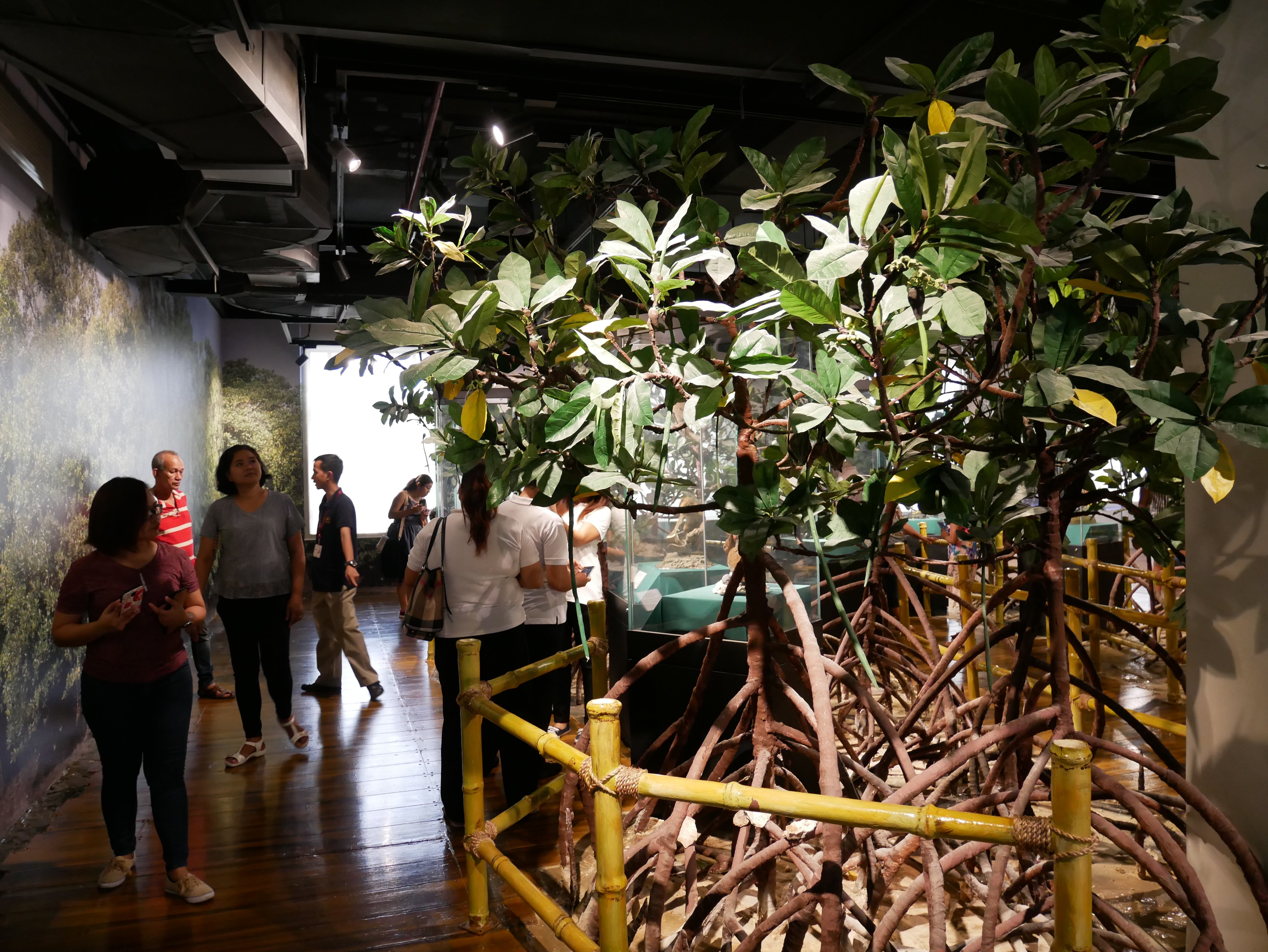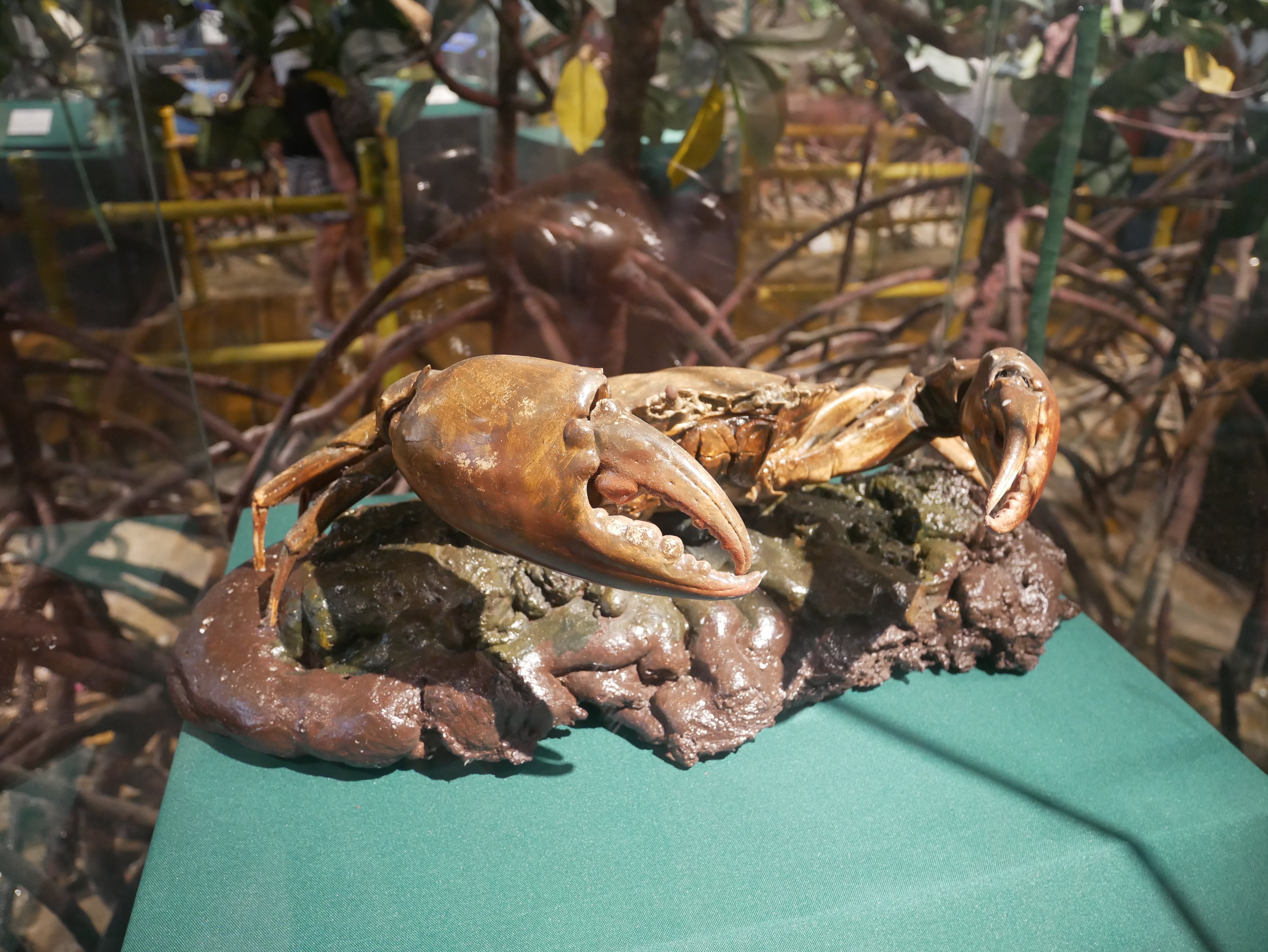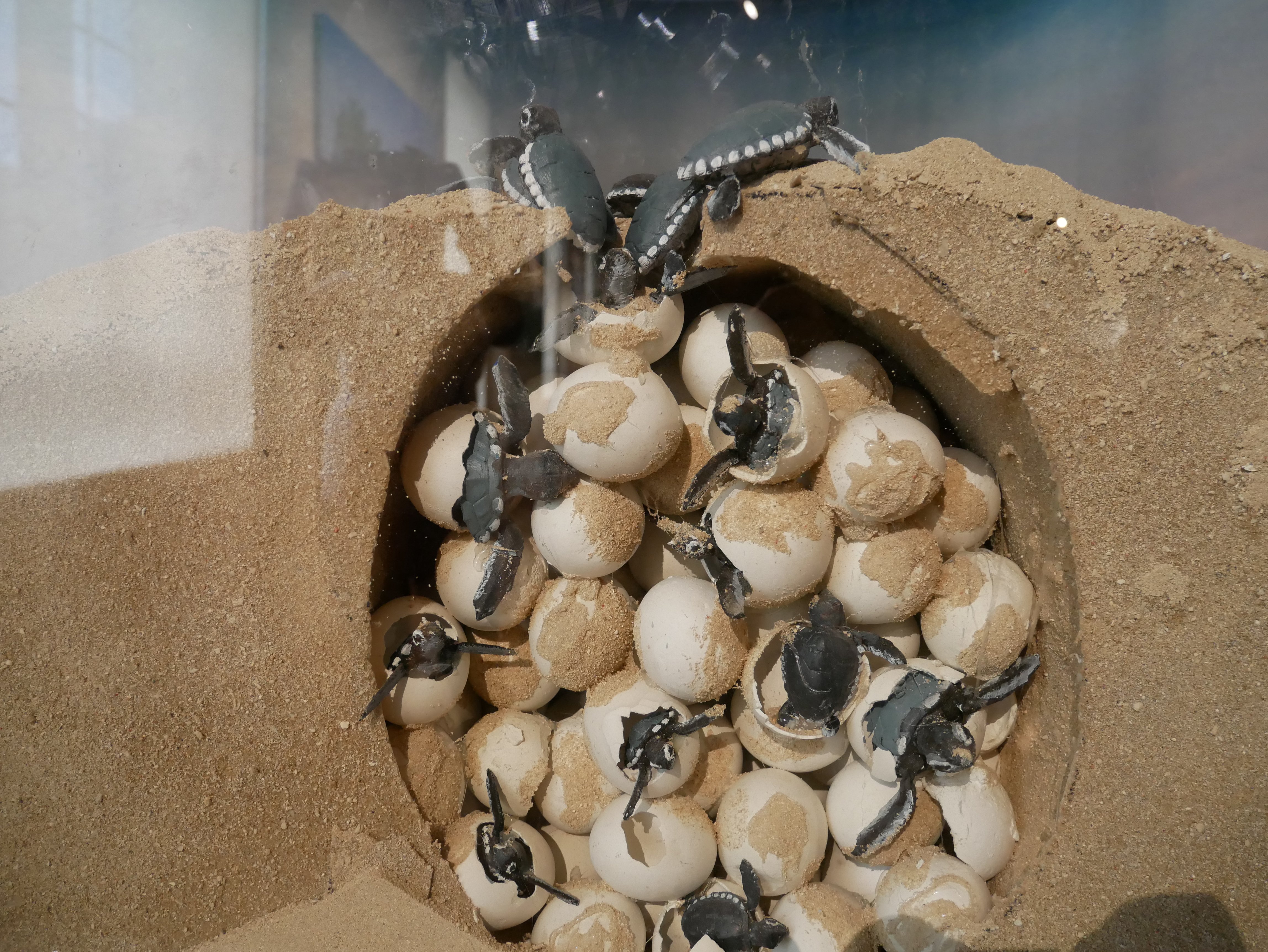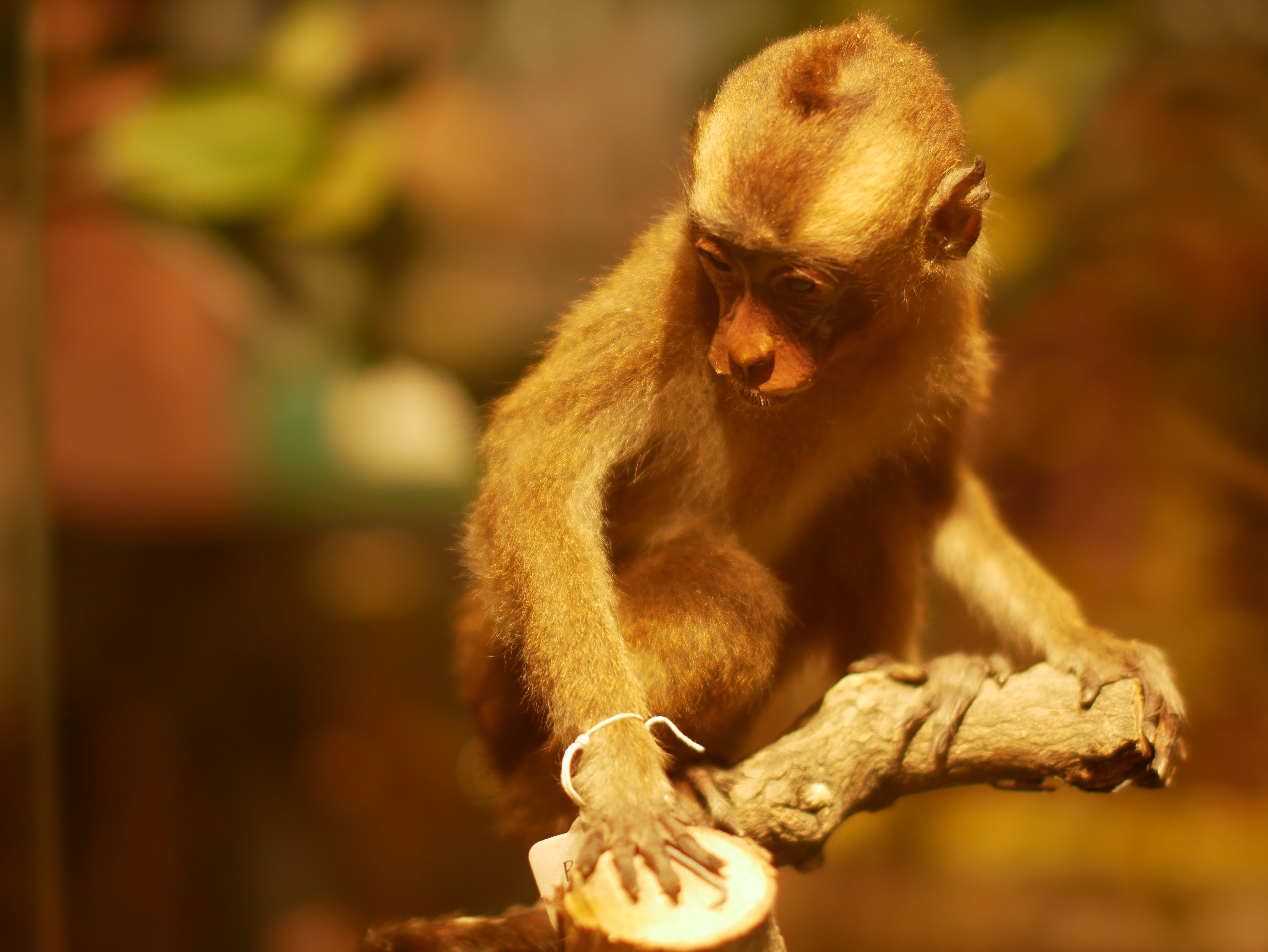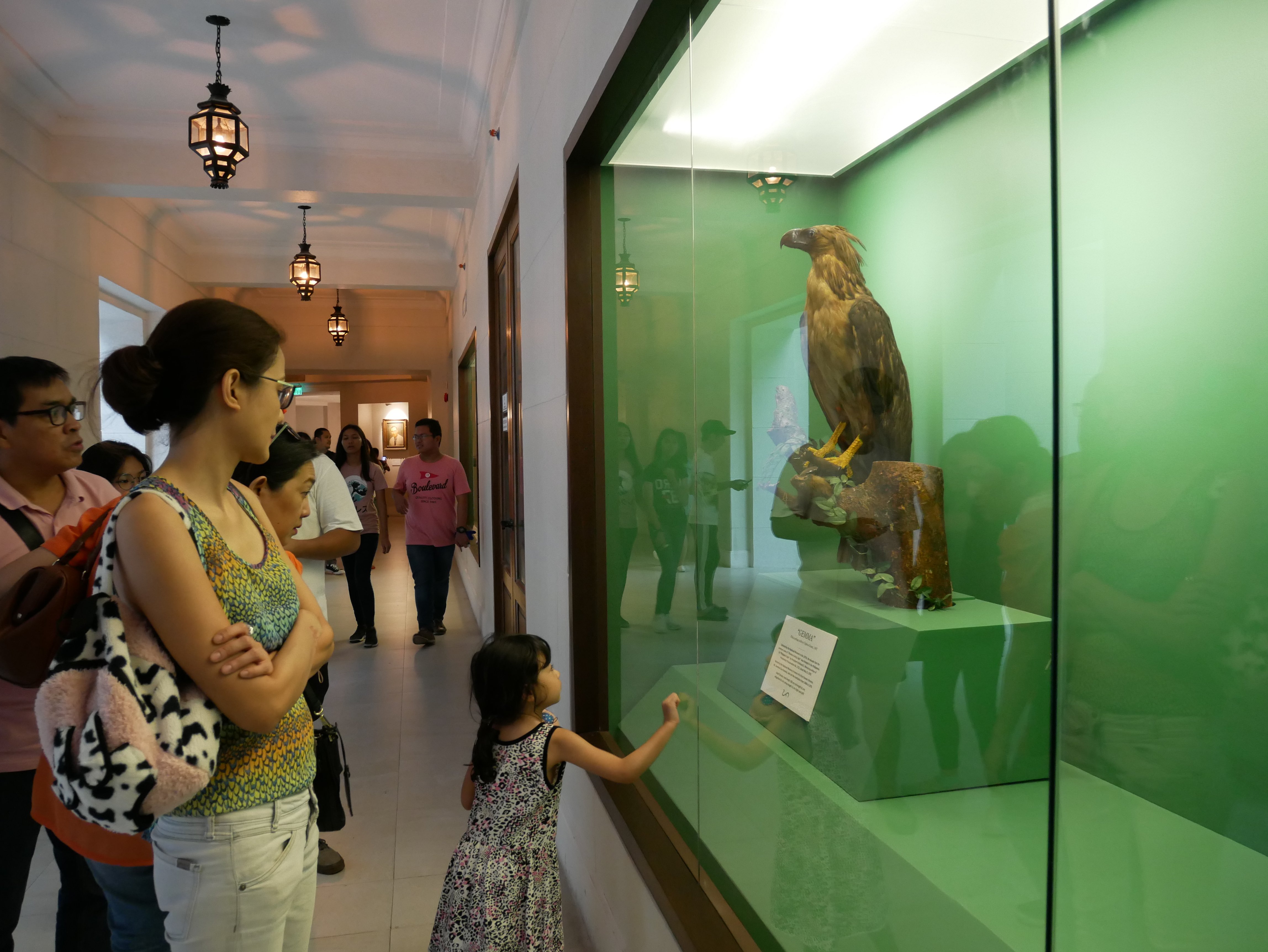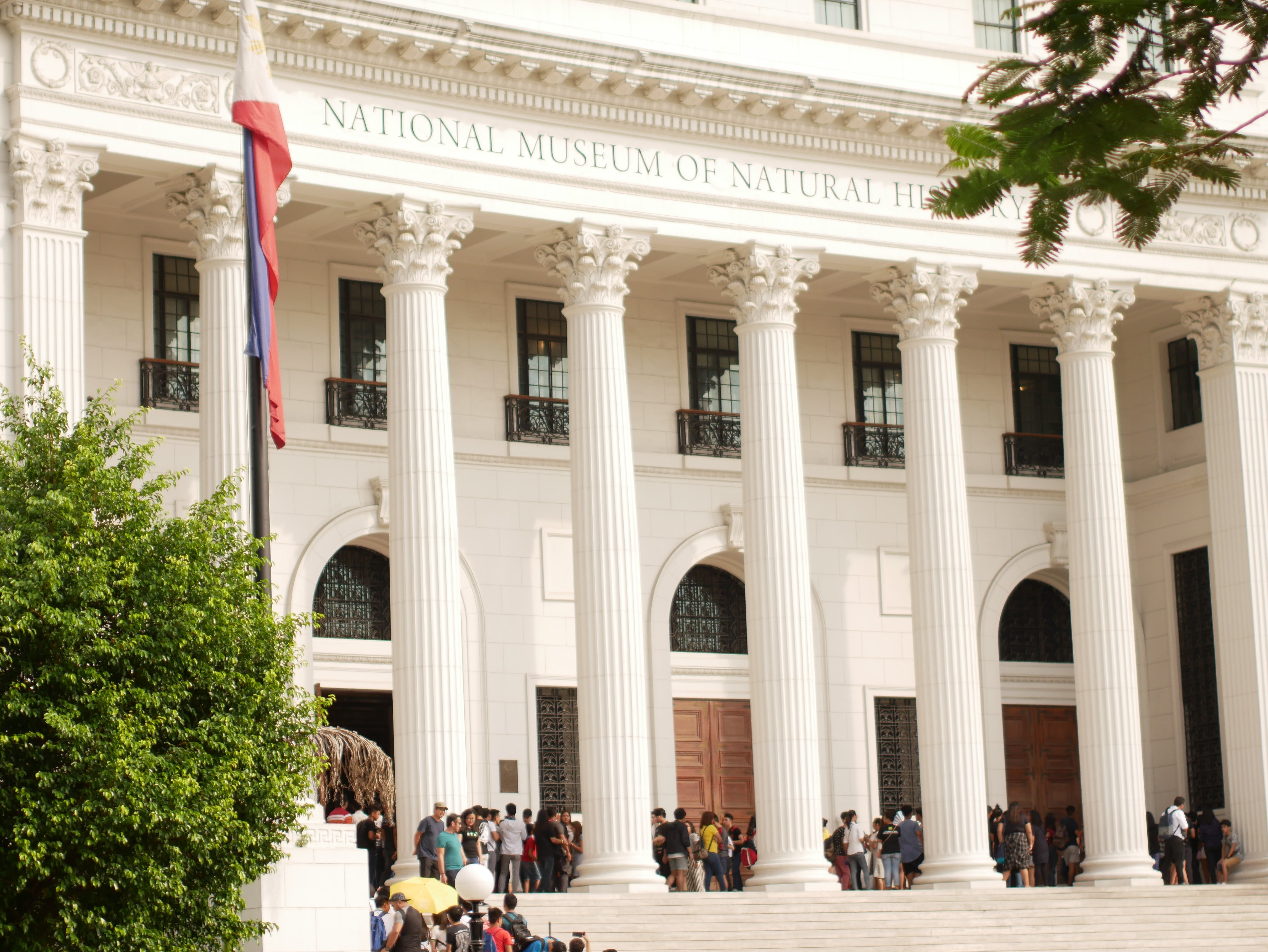My Share for #BeautifulSunday initiated by @ace108
What makes us visit museums? Is it about the history or art? Is it about the the preserved animals which are on display? Maybe we are in search of knowledge and prefer interaction rather than just search on the web about it. All of us has different reasons. Join me today as I take you with me on a tour to one of the National Museums in our country.
National Museum of Natural History


After waiting from the very long line we finally got inside. It seems what was holding up the line was the baggage deposit counter. If you are planning to visit don't bring any bags with you larger than the standard bond paper size. Leave your back packs behind and if possible just bring your wallets, camera and mobile phone.


Inside the replica of the 20 ft. and 3 in crocodile would greet you upon entrance.


From the inside you would see the dome which supports the structure of the building. The glass dome is called the Tree of Life and the design was inspired by the DNA structure. Designed by a team from Dominic Galicia Architects including an interior designer named Tina Periquet.
The first section we visited is called The Pioneering Naturalist in the Philippines. Which covers early research on botany and zoology in the country.


Encased in glass casing are specimens and early records from the museum. Records which are used to classify and identify specimens.


Here on display is the sample of the Philippine brown deer.
The Spot Billed Pelican
It was discovered in 1789 and was common in some parts of the country in 1900s. This pelican can still be found in other parts of the globe but can no longer been seen in the Philippines.
Along with the Spot Billed Pelican is the Sarus Crane which also thrived in our country but can no longer be found here anymore. Factors that may have caused its population to diminish may include hunting, migration or change in the ecosystem.
There are some activities here that could influence to learn more about plants and the environment. Tracing paper is provided for those interested to learn more and at the same time have fun.
Terrestrial cabinet of curiosities
A collection of objects or specimens which are sometimes odd and leaves us wondering. Originally the term cabinet was used to describe a room instead of a furniture. The cabinet of curiosities originated from Europe during the 16th century.
The Wardian Case
Today called the terrarium was invented by Dr. Nathaniel Bagshaw Ward form 1791-1868. Due to the pollution in London he discovered that ferns and grass would thrive in a sealed glass protected from pollution. This allowed him to ship specimens from Australia to London.
Illustration of marine animals during 1668. A depiction of a shark, dugong, ray, hammerhead shark, sawfish, turtle, sea star also including a merman and a mermaid.
Another fun activity allowed visitors to touch and examine closer some of the plant specimens.
The main attraction is the skeletal remains of Lolong the largest salt water crocodile who has caught the attention of all the visitors.


Read more about Lolong Death of a Behemoth


A room was also setup with videos of educational materials which teaches us about Marine diversity and protected areas to raise awareness.
Another attraction is this movie room which also discusses about wildlife diversity in the country.
Up to the next level in which a whole level is dedicated to marine species and habitat.

The whale shark is the largest fish in the world and grows up to 12 meters. I can be found in parts of the Philippines namely Sorsogon, Donsol, Cebu and Bohol.
The Reef Manta Ray they can be found in Surigao, Sulu and Ticao Pass.
We have our own whales and dolphins in our amazing platform. Seeing the whale and dolphins together gave a smile to my face, like the one that you get every time you get a surprising upvote.
The diver on the ceiling is a great addition to this level which adds the feeling of being under the sea.
As I mentioned this level is quite exciting and fun as it also has a large submarine. Children would surely enjoy this level with a feeling of adventure under the sea.
Different specimens of corals which are all found in our local waters. Turtles, fishes and other marine life are on display to give us more information about the creatures that live in our waters. Some species are quite surprising which I have never heard of or seen before.
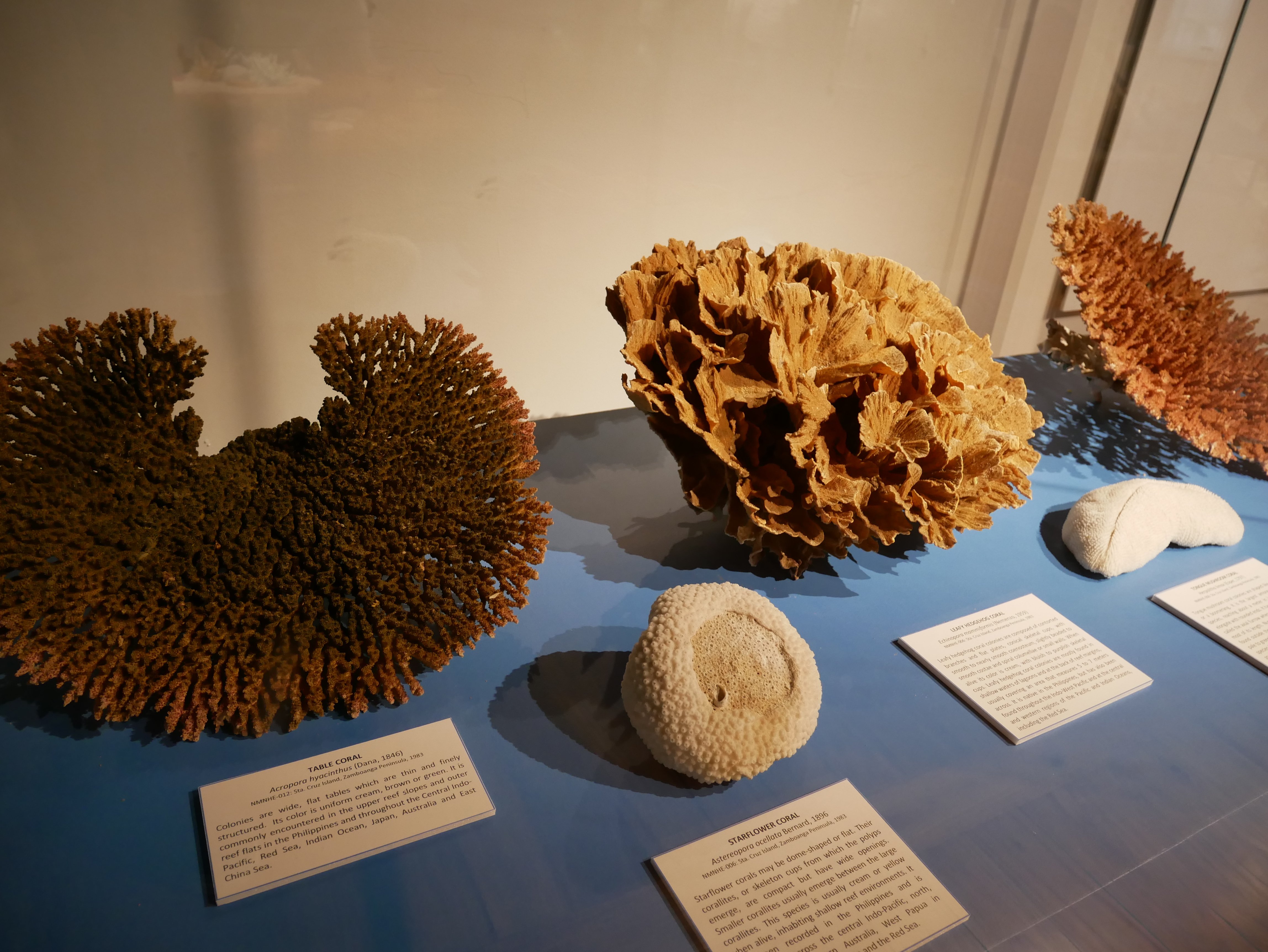
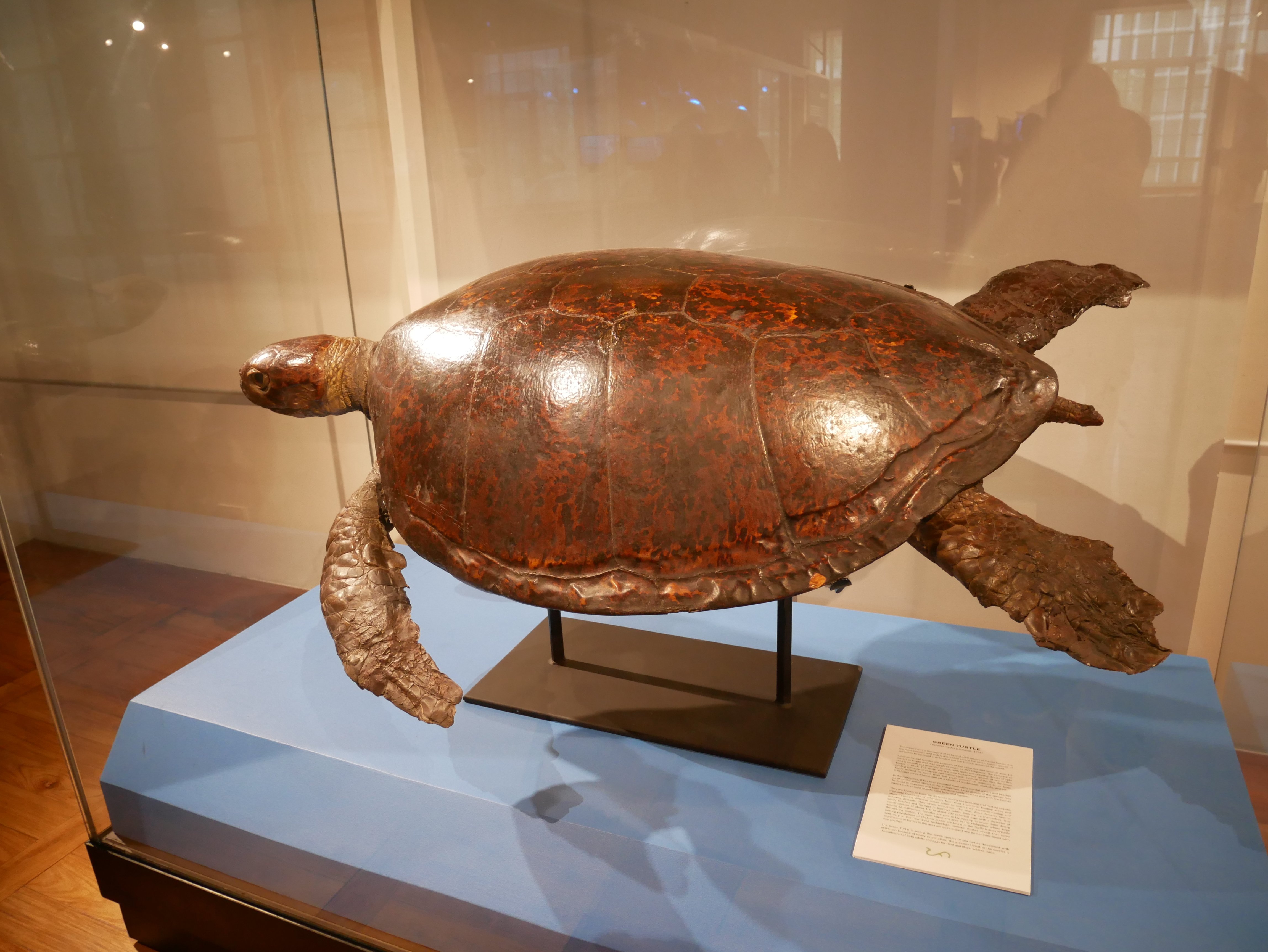


The Giant Clam
The largest of all the clams which reaches to the size of about 1.5 meters. Found off on the shores of the Philippines they can also be located in northern Australia and South China Sea.
Monitors with interactive menus can be accessed in case you would want to learn more about a specific specimen.
Although the museum still has some unfinished floors there is so much to see already. Teaching us about biodiversity from in our local environment.
Mangrove Crab
A common crab often found in muddy waters in areas with mangrove trees.
There are also nesting grounds in our islands which are declared as Heritage Protected Areas.
The Long Tailed Macaque
Discovered in 1821 which are commonly found all over the country. They feed on vegetables, fruits, insects and other invertebrates.
The Philippine Eagle
The National Bird of our country. To read more you can check my previous post A Living Legend from the Skies
These are just a few of the things which you could see from the museum. After a day just walking around your feet may need to take a rest for awhile. In the courtyard you could just find a spot from one of the marble steps and relax for a moment.
It was a great afternoon spent visiting the new museum. Now I know why people come and visit, waiting patiently from a long line. With the beautiful architecture and well arranged exhibits it is a museum to be proud of.
As we exited the building more people are coming in and the line has become longer now which goes around the building. Well I could say to them that the wait is all worth it.


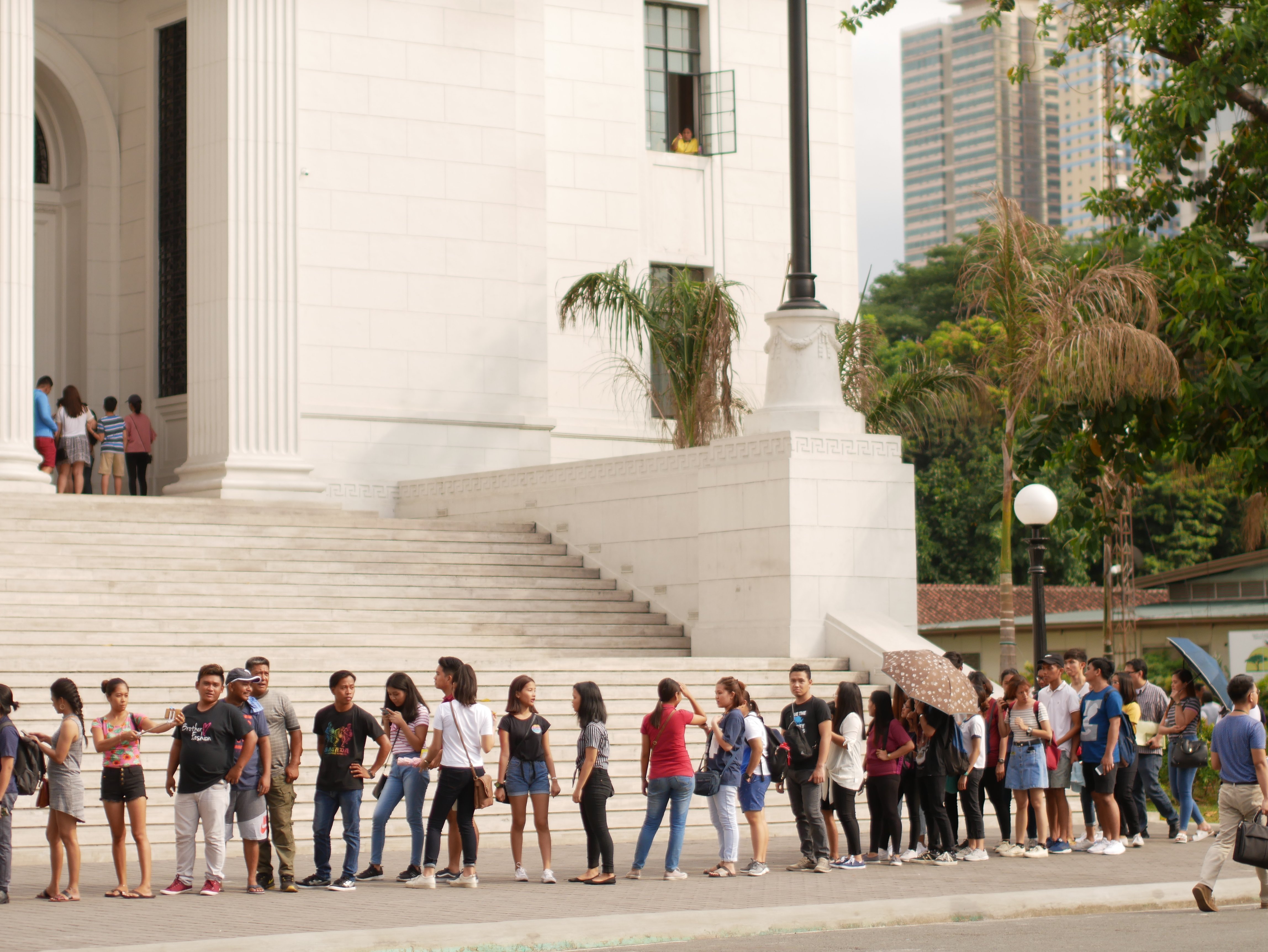

Thanks for joining me today in this #BeautifulSunday and I hope you had fun with the tour. If ever you are in the Philippines and in town don't forget to visit the National Museum of Natural History.
Have a good evening Steemians.
Photos are original and shot from the
National Museum of Natural History
Resources
National Museum of Natural History (Manila)
Wardian case

Follow @surpassinggoogle to witness an extraordinary person in this platform and vote for @steemgigs as witness
Discovering exceptional content in the community follow @curie and vote as witness
To have a glimpse of awesome content from the Philippines check out @bayanihan
See unique culture from around the world and join the challenge thru #culturevulture by @eroche
All photos are original and taken with
Lumix GX85 Sigma 50mm 1.4 and 12-32 mm


.gif)
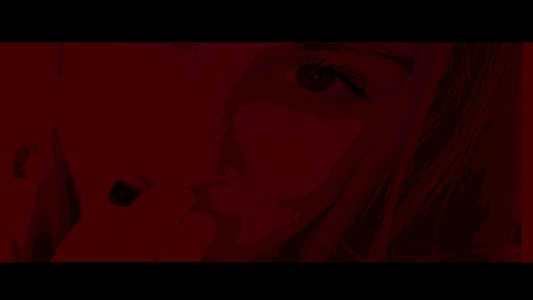

Lumix GX85 Sigma 50mm 1.4 and 12-32 mm


.gif)
























